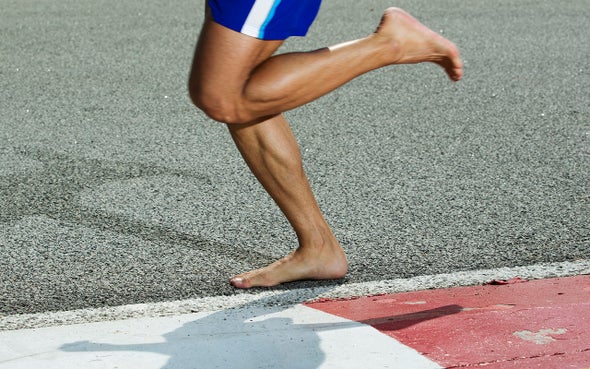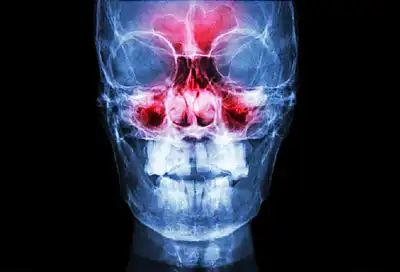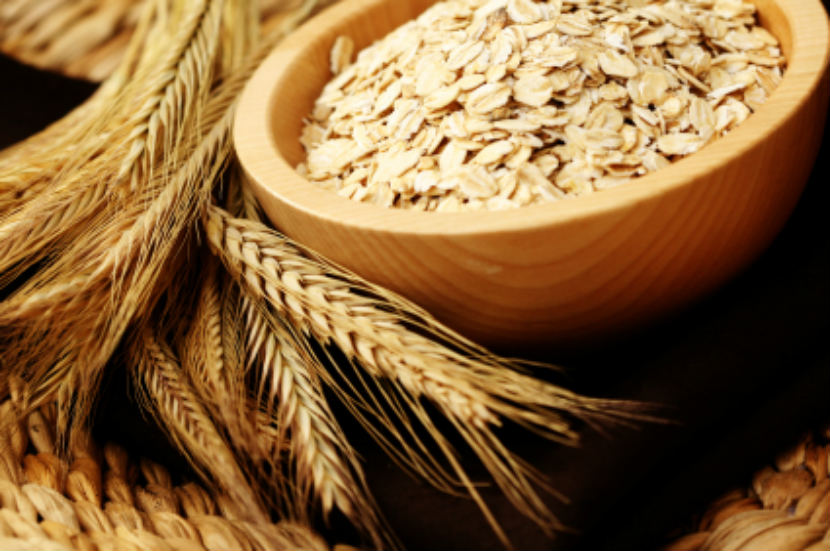Moderation...In...All...Things
"She's expending more calories than she's taking in, so, yeah, there's going to be weight loss."
"I have absolutely nothing against a plant-based diet. A properly balanced, plant-based diet is probably the ideal diet. But it doesn't have any special properties for weight loss."
Joe Schwarcz, professor, Office for Science and Society, McGill University
"[Vegetarians have to eat foods high in protein] to make sure you don't get into these deficits that can lead to fatigue."
"And, so, it's exactly the opposite: A restrictive anything is going to make you feel worse, not better."
"People need to understand that Beyonce's job is to look a certain way. She has a myriad of trainers and personal chefs at her fingertips and, just like the Kardashians who promote weight-loss teas, these people are selling a product."
Dr. Valerie Taylor, head, psychiatry, University of Calgary
"[Beyonce's diet] also embraces a bunch of food myths -- 'no carbs, no dairy, no meat' -- giving the impression that there's a magical formula to lose weight and maximize health."
"This kind of celebrity noise can distract people from the science-informed, and more sustainable basics; lots of fruits and veggies, whole grains and healthy proteins."
Timothy Caulfield, Canada Research Chair, health law and policy
 |
The singer didn't consume any bread, sugar, dairy, meat, fish or alcohol for 44 days prior to her 2018 Coachella performance.
Larry Busacca/Getty Images for Coachella |
She and trainer, Marco Borges who developed her rigorous diet — “no bread, no carbs, no sugar, no dairy, no meat, no fish, no alcohol,” and exercise plan, which includes multiple hours of daily workouts, now -- surprise!!! -- are selling memberships to the 22 Days Nutrition meal planner for $18 monthly, which works out to $130 annually. According to the singer/entertainer's website, members receive “access to tools and foods that empower everyone to become their healthiest self through proper nutrition.”
And food experts are weighing in on whether the meal planner they're hawking does in fact represent 'proper nutrition', finding it wanting from just about any perspective. The diet plan the pop diva is advertising that her "exercise physiologist" Marco Borges created and posted as a YouTube video has drawn the fervid attention of wannabe Beyonces who adore her style and flair. The video promoting the diet plan has Borges declaring that a plant-only diet where he had Beyonce shunning carbs, sugar, dairy, meat, fish and alcohol will "definitely" improve energy, sleep and complexions.
"Your mood is going to change completely", he promises the Beyonce dancers appearing in the video. And then the viewer is treated to watching the entertainer as she performs deep squats, battle rope training and completely intense workouts while continuing to manage her time-consuming, gruelling rehearsal practices. So the critics had a deep look at the publicity introducing yet another scheme to relieve fans of money and set them on the road to looking like, feeling like, being like, their adored celebrity.
Merely eating a plant-based diet equates with nothing particularly useful, since within that plant-based regimen are the critical details of what is chosen and what accompanies the 'plants'. Dr. Taylor questions the claim a plant-based diet results in an improvement of mood, pointing out that when people seek her advice with their symptoms of depression, one of the first issues she deals with is a medical workup, including ensuring they aren't deficient in vitamin B12, associated with not consuming sufficient protein, usually from animal sources.
People tend to lose weight with restrictive eating plans, points out Dr. Taylor, simply as a result of having removed multiple food groups and that would include foods such as high-fat or high-sugar snacks which generally cause people to gain weight. But does this leave them in a healthy condition, depriving their body of nutritional sources that are beneficial and necessary for a healthy body? Not quite. People will lose weight but restrictive eating is doomed to fail.
There is the example of Gisele Bundchen, supermodel, and her husband following an 80 percent alkaline, 20 percent acidic diet that stipulates non-consumption of white sugar, white flour or tomatoes, eggplant, mushrooms and few fruits eaten. No caffeine, MSG, iodized salt or dairy. But husband NFL quarterback Tom Brady insists the diet restores "balance and harmony through my metabolic system."
 |
"I think people need to remember that they aren’t celebrities. Not that being a celebrity makes it OK to follow this sort of diet, but Beyoncé has resources that most of us don’t have — like a chef, trainers, assistants."
"They make it a lot easier for her to follow this kind of [restrictive] eating plan."
“Our body has hunger cues for a reason. They exist because your body wants to tell you something. In our diet culture, we’re accustomed and conditioned to ignore these cues."
"If you have to pee, you wouldn’t say to yourself: ‘I’m not going to pee right now, I’m going to wait another hour.’ Our hunger cues are just as important as any other cue your body gives."
"[A good way to tell if a diet is too restrictive is if you’re hungry] an hour or two [after you last ate]. This is how you know you’re not feeding yourself adequately.”
"We concentrate so much on what we eat but we push to the back-burner the emotional part of it and how food makes us feel. Having a good relationship with food [means] not feeling guilt or shame about eating."
"When people eliminate meat from their diet, they [tend to] rely on things like nuts to provide them their protein… but it takes a lot of those little foods to get what we need, [The average person needs 20 to 25 grams of protein with each meal]."
"Stay away from the more restrictive diets and cutting out things you don’t need to cut out just because a celebrity tells you they’re toxic. It doesn’t have to be complicated."
Registered dietitian, nutritionist Abby Langer
Labels: Celebrities, Extreme Diets, Health, Nutrition





:no_upscale()/cdn.vox-cdn.com/uploads/chorus_asset/file/10011771/aflac_duck_rfid.jpg)

















